Use of recommender systems in the Chief Investment Office
Gaurav Chakravorty
Chief Investment Officer at Qplum
See important disclosures at the end of this presentation.
Outline of the talk
-
Generational shift in asset management due to AI
-
How the Chief Investment Office can use AI in their workflow.
(reference paper on this) -
What do we need to build to implement AI in an organization(teams, workflows, architecture).
References ...
to connect the loose ends of this talk
The story is clear in the jobs numbers ...
Use of A.I. is picking up in finance
Nobody wants traders
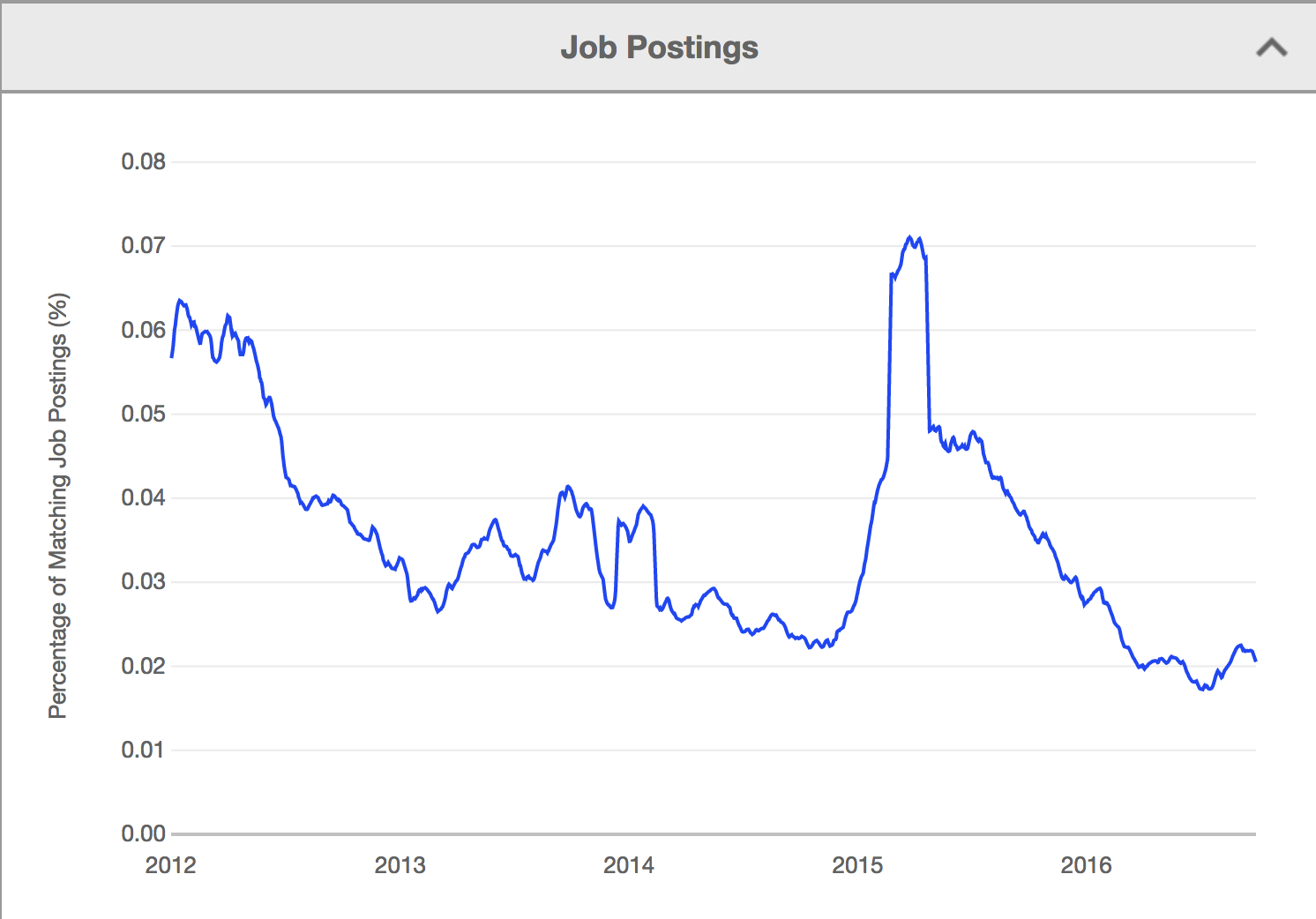
Nationwide job postings - traders, quants, FinTech, A.I.
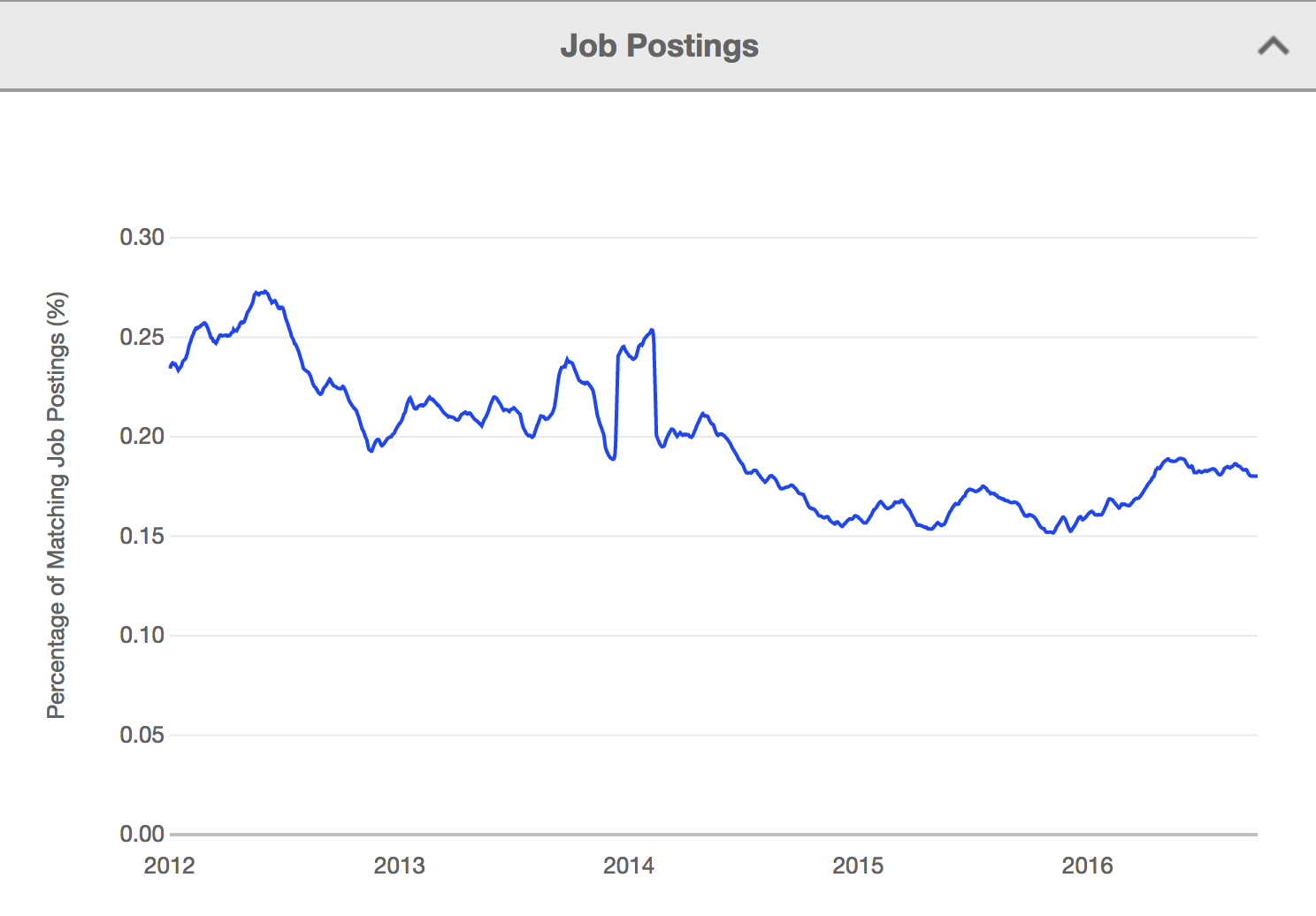


Source: Indeed.com
The adoption of scientific methods in institutional investing
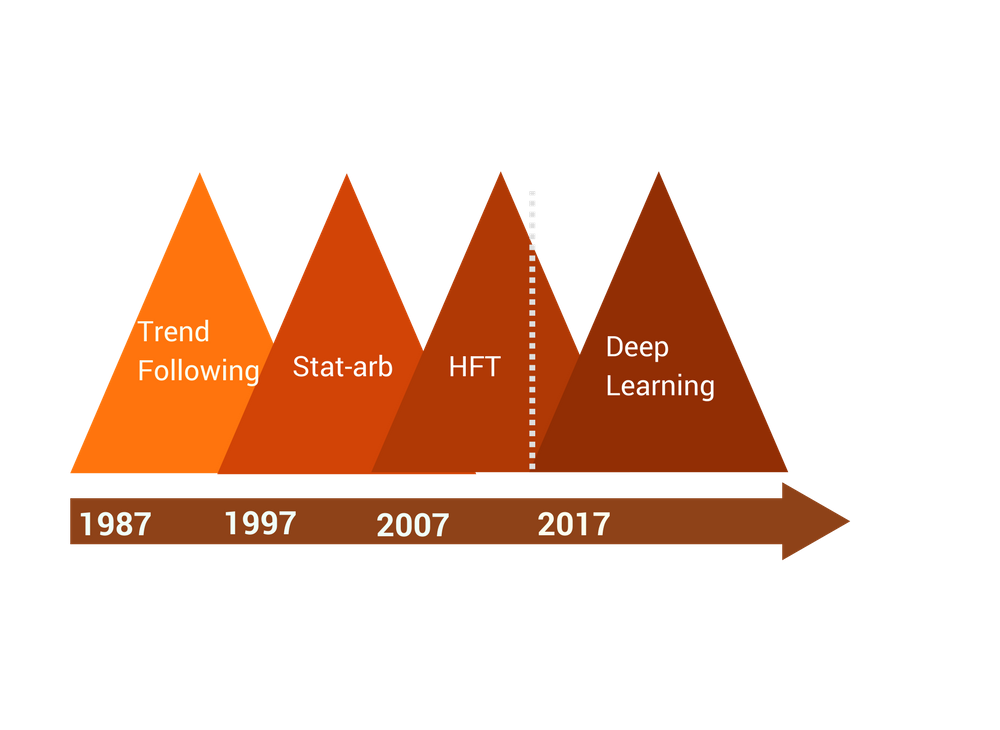




Narv Narvekar
HMC
David Swensen
Yale
Warren Buffett
Berkshire
Ken Griffin
Citadel
Images may be subject to copyright
What's common to all of their work?
Workflow of institutional investing today

Pain points of institutional investors
The need for
-
Lower fees / costs
-
Greater transparency
A Machine Learning approach to strategy allocation
It turns out that allocating to investment strategies is very similar to recommender systems
Problem: Given a set of strategies one could allocate to, how much to allocate to each
- Figure out what is similar between the strategies.
- Figure out similarities between the days or periods you are using to backtest them.
- Figure out the easiest prediction problem you can solve that will get your job done.
- Make a walk-forward model!
Use a matrix factorization approach to learn which strategies are similar and which dates are similar
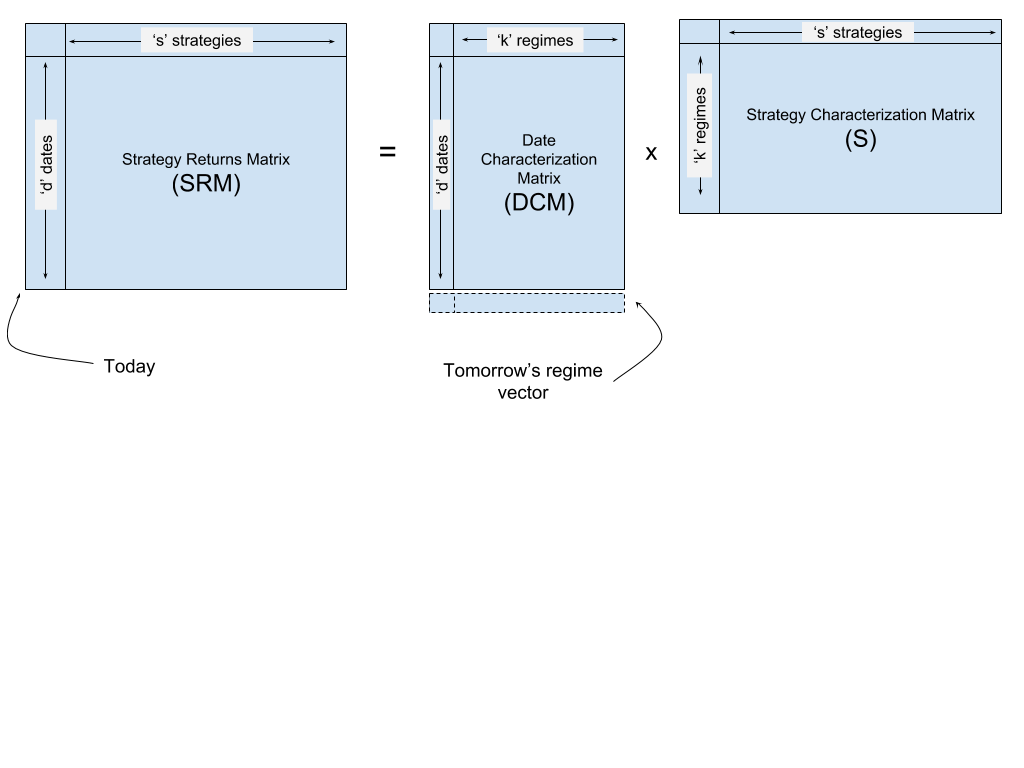
This is very similar to the movie recommendation problem

Visualization of matrix factorization based collaborative filtering
We can extend the matrix factorization approach to include predictable market features like volatility and GDP growth
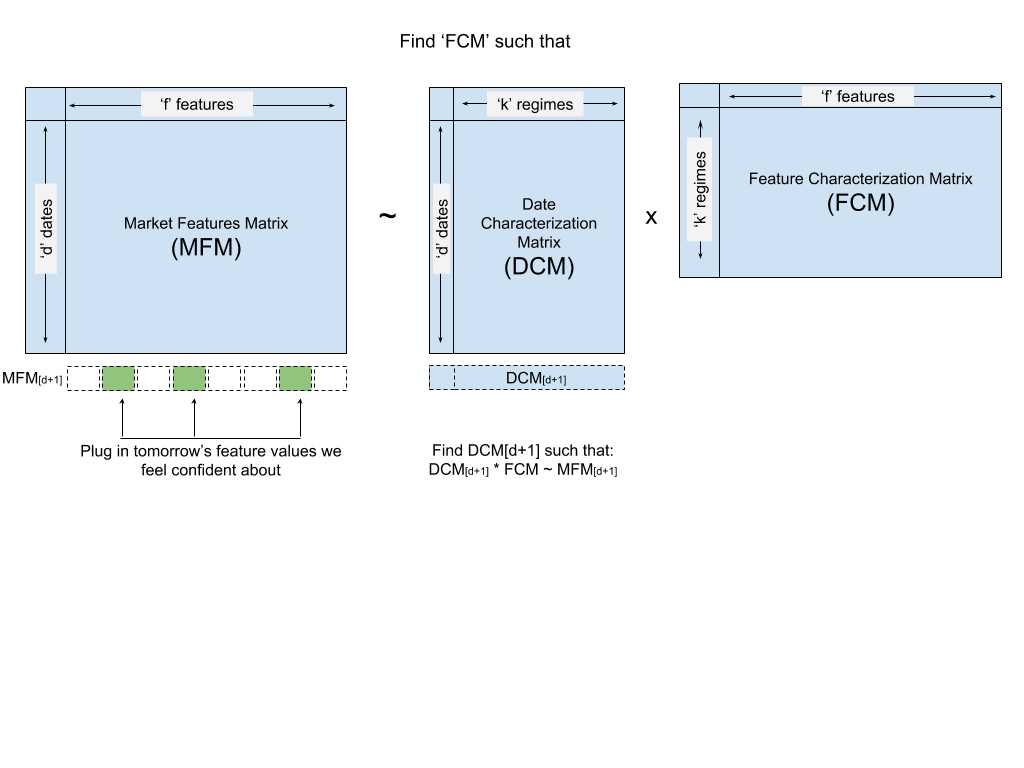
The secret sauce?
Unsupervised learning
"Unsupervised learning had a catalytic effect in reviving interest in deep learning, but has since been overshadowed by the successes of purely supervised learning. Although we have not focused on it in this Review, we expect unsupervised learning to become far more important in the longer term." - Geoffrey Hinton et. al., Nature, Deep Learning
- Investment strategies that learn by themselves (article)
How to implement A.I. within an investment company

An asset management firm needs to look like a tech company now
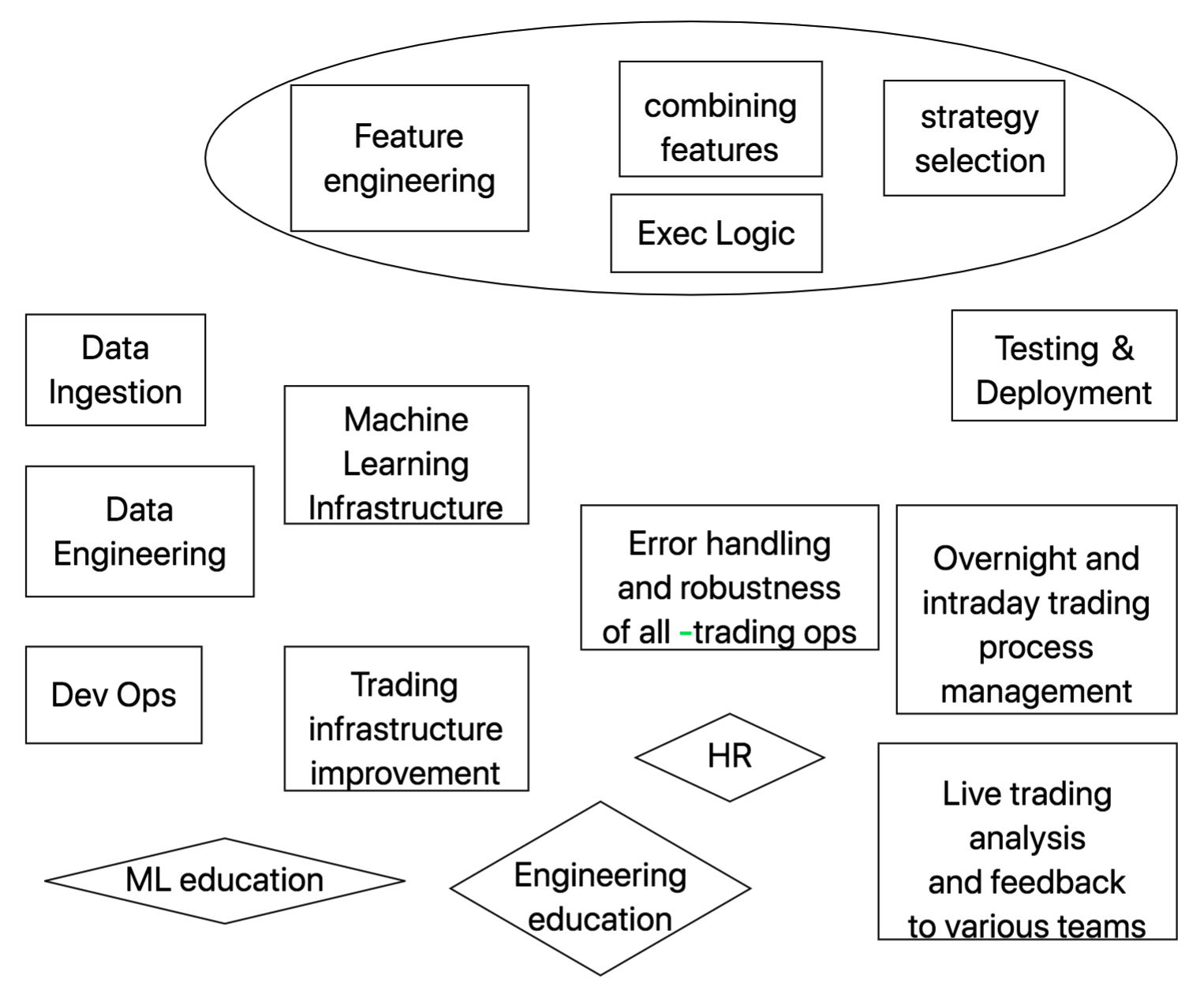
Infrastructure is key to ML
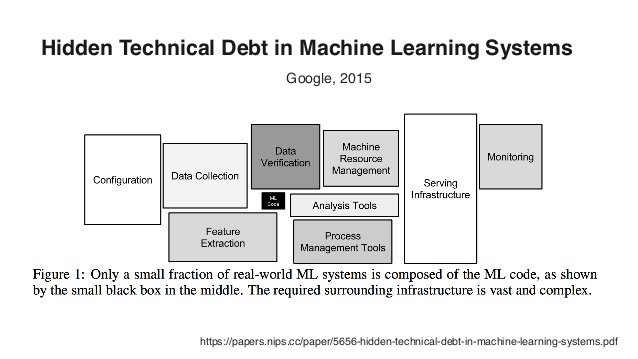
Investing with a trustworthy tool
"security analysis may begin--modestly, but hopefully--to refer to itself as a scientific discipline "
Imagining investing with a "trustworthy tool" and not experts!
- Benjamin Graham

Key Takeaways
Asset management, a $160 trillion dollar industry is yet to be affected by A.I.
Time is ripe for the move to machine learning methods in institutional investing
(1) need to reduce costs
(2) find other sources of returns and
(3) use of systematic processes
You can make it happen!
Important Disclaimers: This presentation is the proprietary information of qplum Inc (“qplum”) and may not be disclosed or distributed to any other person without the prior consent of qplum. This information is presented for educational purposes only and does not constitute and offer to sell or a solicitation of an offer to buy any securities. The information does not constitute investment advice and does not constitute an investment management agreement or offering circular.
Certain information has been provided by third-party sources, and, although believed to be reliable, has not been independently verified and its accuracy or completeness cannot be guaranteed. The information is furnished as of the date shown. No representation is made with respect to its completeness or timeliness. The information is not intended to be, nor shall it be construed as, investment advice or a recommendation of any kind. Past performance is not a guarantee of future results. Important information relating to qplum and its registration with the Securities and Exchange Commission (SEC), and the National Futures Association (NFA) is available here and here.
Questions / Critiques / Interested in collaboration
contact[AT]qplum.co
gchak[AT]qplum.co
Appendix
Workflow
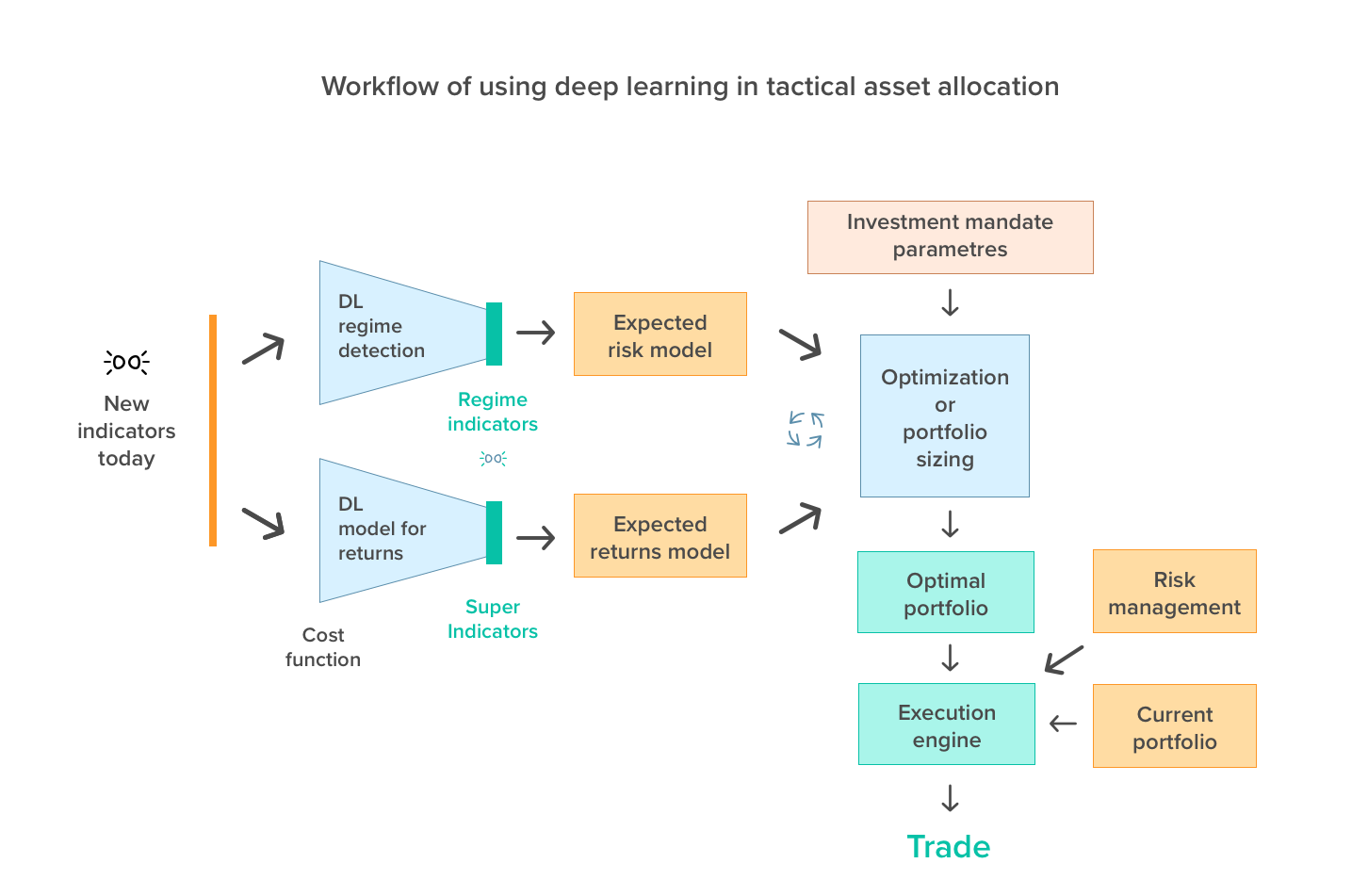
Using unsupervised learning in the cost function
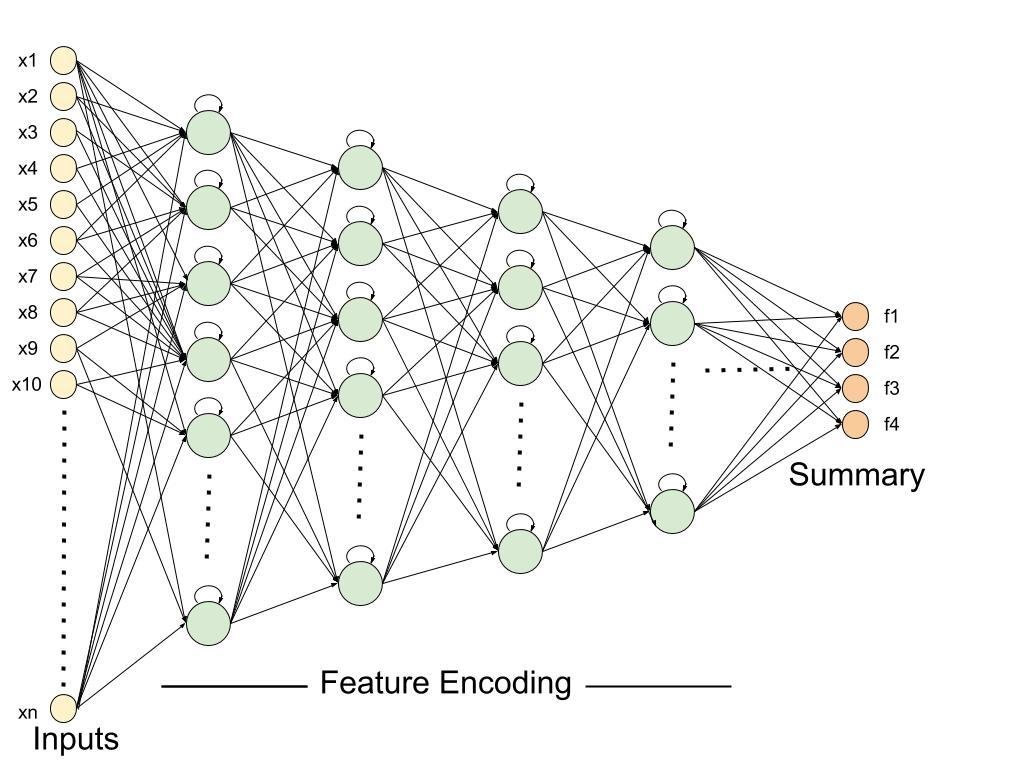
Using unsupervised learning in the cost function
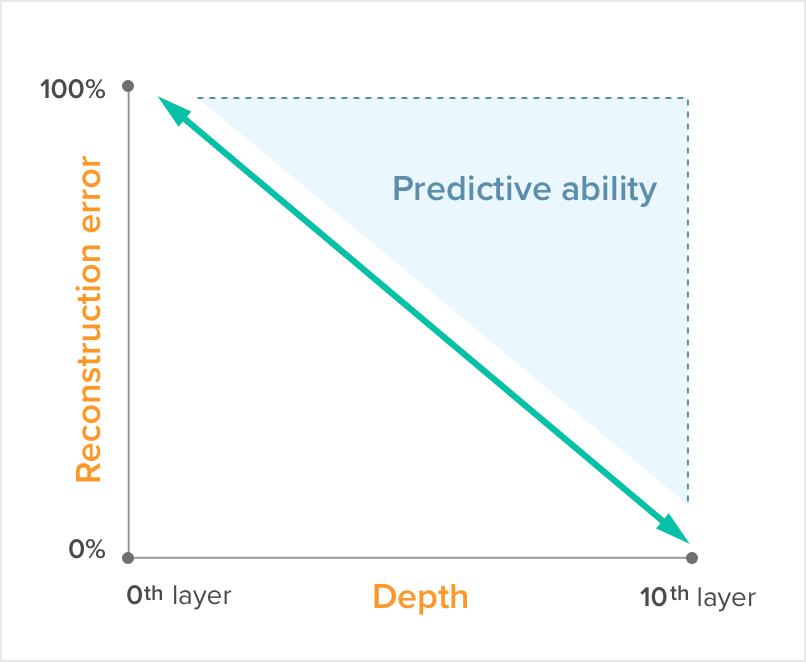
Other pain points of institutional investors
I. Aversion to losing

It is not always just about higher returns.
Utility function is not uniformly distributed.
Utility function is not the same.
II. Anchoring around a sustainability rate
Most pension funds have a nominal target yield.
Not meeting the target yield is a big deal compared to outperformance
III. Capacity:
Investments that have scale and capacity to get in and to get out
IV. Should work with illiquid assets:
Illiquid investments are a part of everyone's portfolio.
One cannot look at liquid investments without considering the illiquid assets that are a part of the portfolio already.
Asset Allocation >> Security Selection
“By choosing to place asset allocation at the center of the investment process, investors ground the decision-making framework on the stable foundation of long-term policy actions.
Focus on asset allocation relegates market timing and security selection decisions to the background, reducing the degree to which investment results depend on mercurial, unreliable factors.
Selecting the asset classes for a portfolio constitutes a critically important set of decisions, contributing in large measure to a portfolio’s success or failure. Identifying appropriate asset classes requires focus on functional characteristics, considering potential to deliver returns and to mitigate portfolio risk. Commitment to an equity bias enhances returns, while pursuit of diversification reduces risks. Thoughtful, deliberate focus on asset allocation dominates the agenda of long-term investors.”
– David Swensen
Goals of asset allocation:
(a) Target constant risk in the portfolio.
(b) Optimize portfolio for the specified utility function.
(c) Constrain any studies to a specified, systematic risk management threshold.
Important Disclaimers: This presentation is the proprietary information of qplum Inc (“qplum”) and may not be disclosed or distributed to any other person without the prior consent of qplum. This information is presented for educational purposes only and does not constitute and offer to sell or a solicitation of an offer to buy any securities. The information does not constitute investment advice and does not constitute an investment management agreement or offering circular.
Certain information has been provided by third-party sources, and, although believed to be reliable, has not been independently verified and its accuracy or completeness cannot be guaranteed. The information is furnished as of the date shown. No representation is made with respect to its completeness or timeliness. The information is not intended to be, nor shall it be construed as, investment advice or a recommendation of any kind. Past performance is not a guarantee of future results. Important information relating to qplum and its registration with the Securities and Exchange Commission (SEC), and the National Futures Association (NFA) is available here and here.